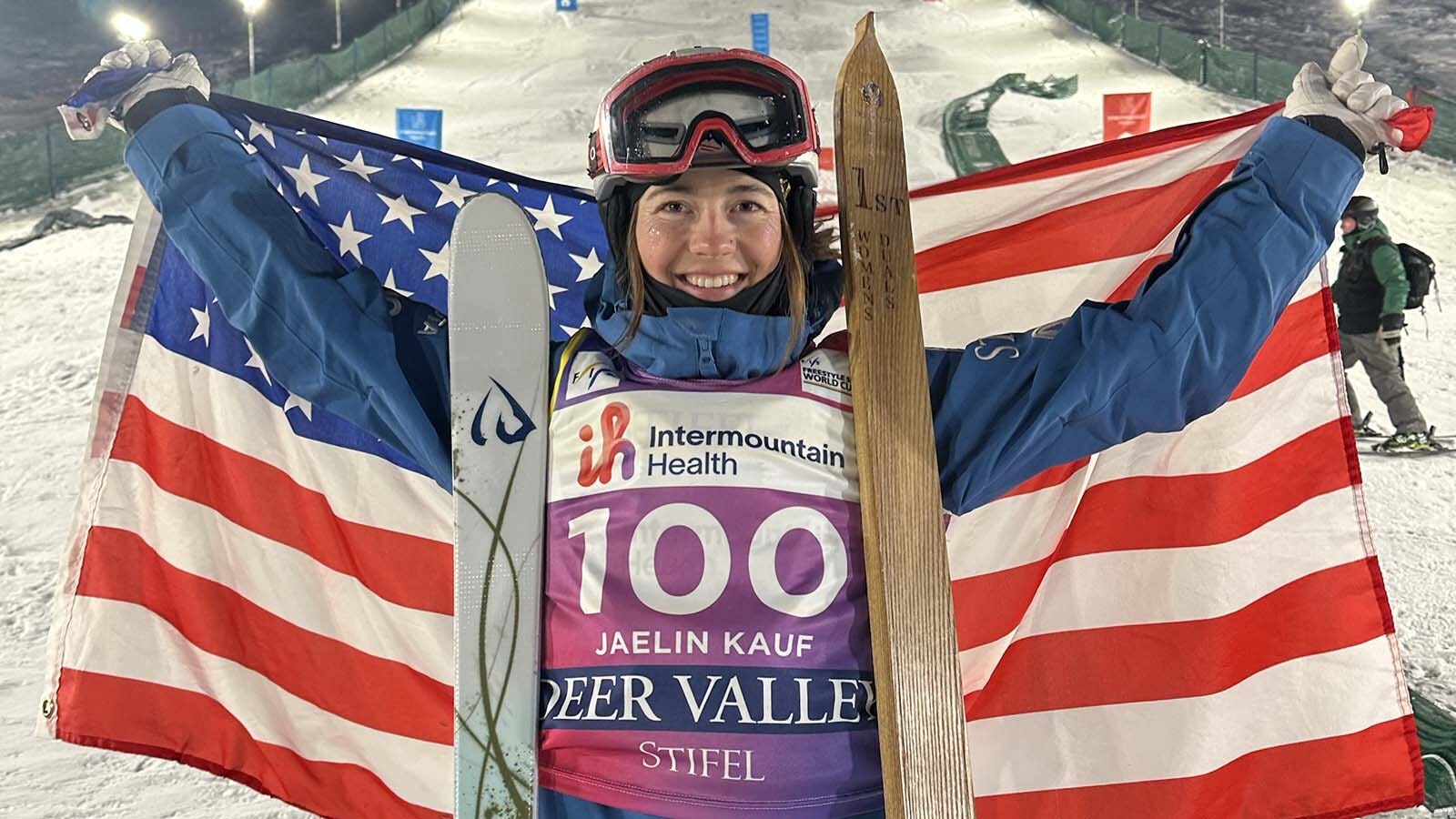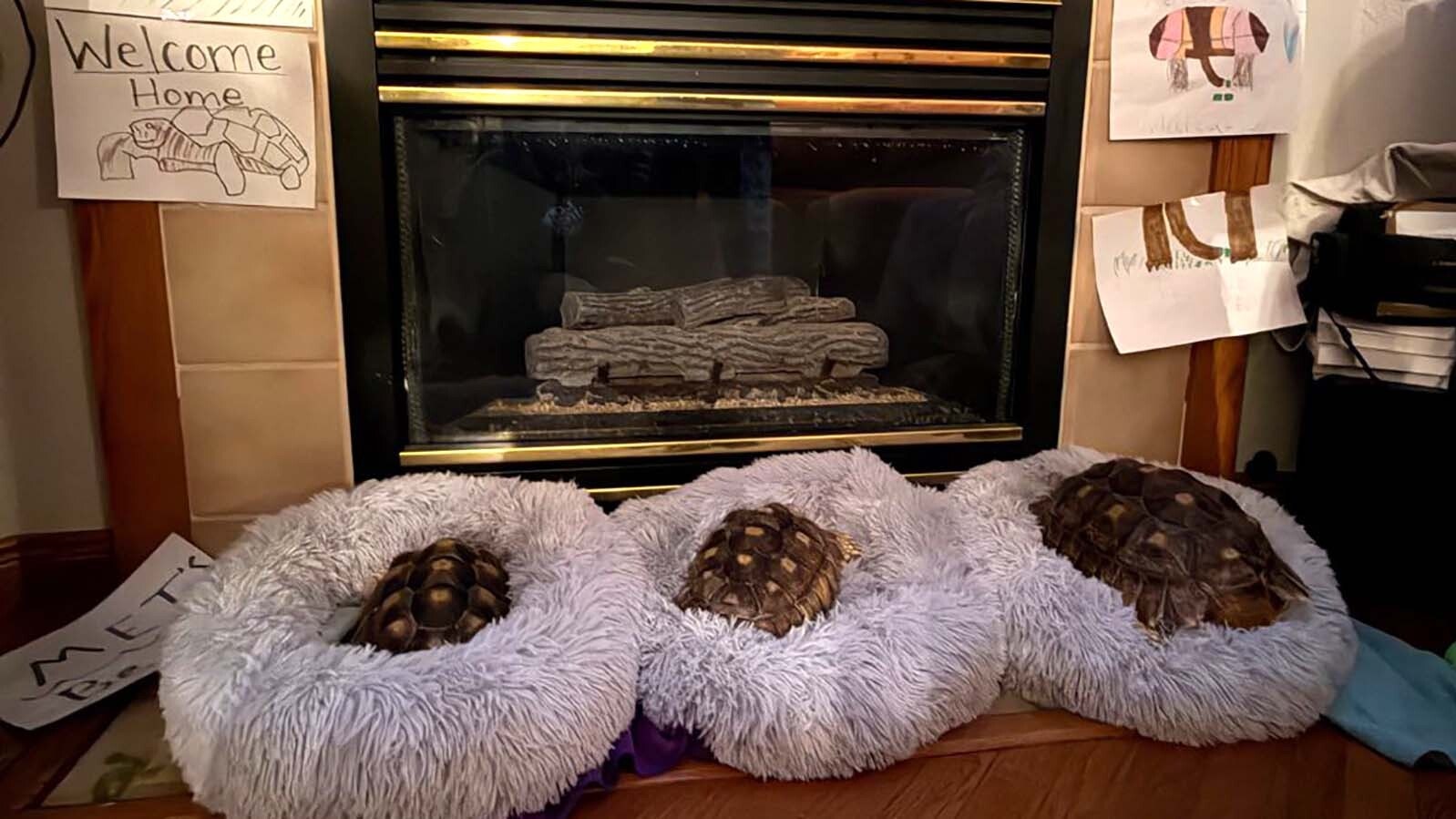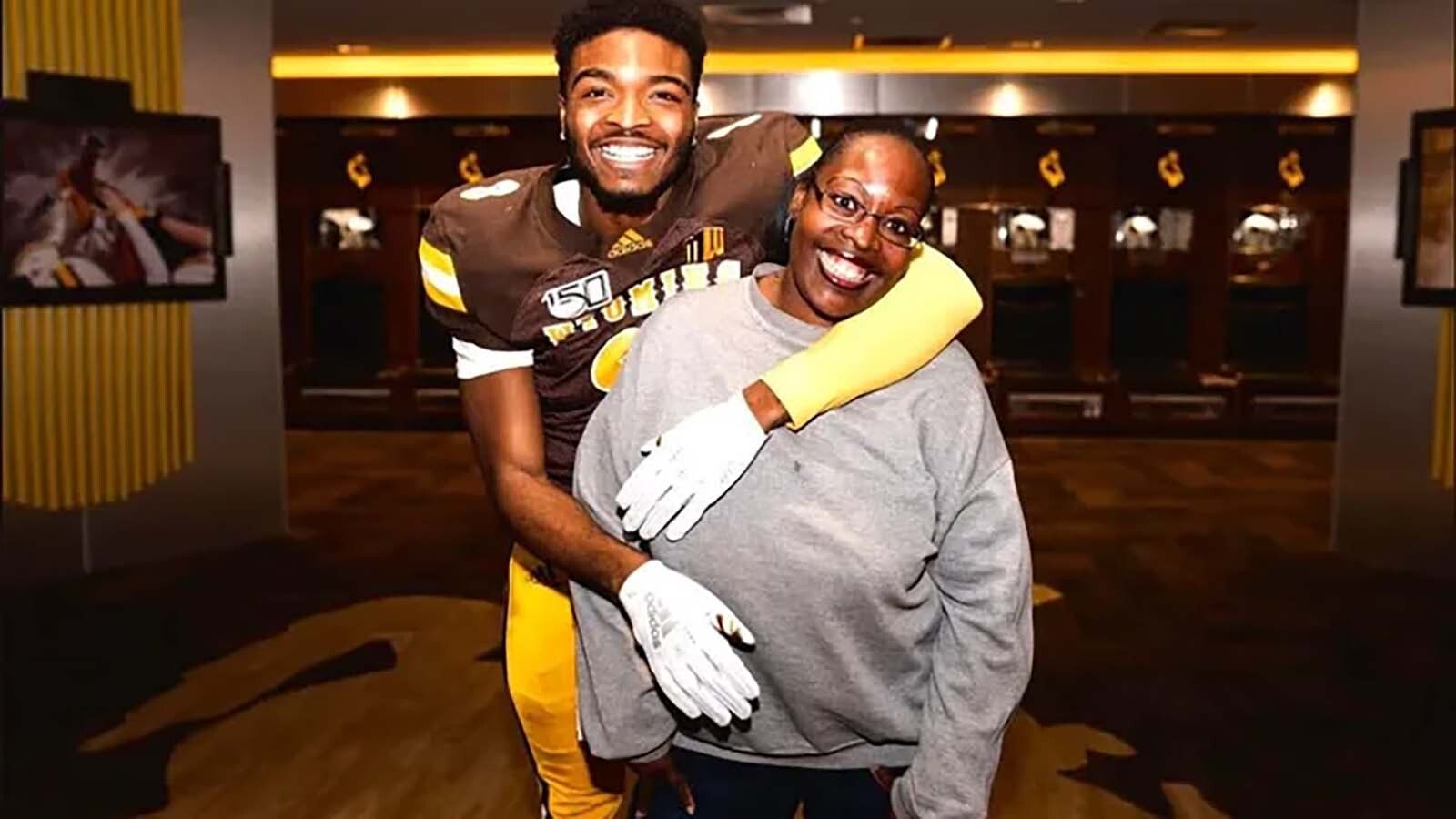Ranching life at the foot of Casper Mountain could be adventurous, entertaining and challenging for generations of local families.
For Huey Sandfort, whose father worked on the B.B. Brooks Ranch, it was an opportunity to escape wartime Germany and start a new life. His grandfather went to medical school with Dr. Harry E. Stukenhoff who was practicing in Casper and had purchased the B.B. Brooks Ranch in the 1940s.
“My dad fought in the German army during the war, and after the war everything was pretty much destroyed in Germany,” he said during a recent meeting of Hat Six Road families sponsored by the Natrona County Historical Society and Natrona County Library.
“And Dr. H.E. Stukenhoff and my grandfather went to medical school together,” he said. “So, one thing led to another, and my father and mother and I immigrated and ended up at B.B. Brooks Ranch out on Hat Six Road. I was 5 years old when we got there and went to a country school.”
That was 1951.
‘Wonderful’ Life
Sandfort said it is hard to describe how “wonderful” life was for him on the ranch with horses, cows, chickens, pigs and people who became “lifelong” friends. He said one man was Houston Lamb who rode from CY Ranch on the west side of Casper to B.B. Brooks ranch on bitter cold, wintry day. On the way to the ranch two of this three horses died.
When he arrived at the ranch, Sandfort said he was so cold he couldn’t get off his horse.
“He left at 5 o’clock (a.m.) and it was dark when he got to our ranch,” he said. “He had medicine to save my brother’s life. Two days later we sent him back and he left with three horses and only got back with two.”
Sandfort said his father later questioned Lamb about it and the cowboy replied: “That kind of thing happens.”
Sandfort served in the U.S. Army and came back to Casper, spending 22 years in law enforcement and other jobs before retirement.
A story Charles “Charlie” Mosteller told him from the Great Depression was that he and his dad were harvesting the last of the apples from their orchard nearby in 1932, when they heard a lot of gunfire near McDonald Reservoir on the east side of Hat Six Road.
He said Charlie’s dad told him to take a horse and find out what the gunfire was about.
“So, Charlie went over there and even when he talked to me about it he started crying,” Sandfort said. “He said the Brooks Company herded about 450 cows into a fence corner and shot and killed them all. And the reason they did that was they couldn’t sell them.
“One of the misnomers of the Dust Bowl days and the Depression is that there wasn’t any food, that’s not true. Nobody could afford to buy it.”
‘Pistol Bill’
Pat Mosteller, Charlie’s son, shared stories about his grandfather William “Pistol Bill” Mosteller, who homesteaded the ranch in the late 1890s that now spreads across 600-deeded acres ranch and 960 acres of state land.
His grandfather was an entrepreneur who planted apple trees along the creek on the ranch, built a greenhouse addition next to the ranch house to raise vegetables to sell and also had a honeybee supply business.
To power some of his operations he had homesteaded half the creek property and built a water wheel with a 5-inch shaft to power some of his equipment in the apiary business. For the greenhouse, he had a boiler that was fired by oil from the Salt Creek oil field to provide the steam heat to grow the plants.
The Natrona County Tribune on May 15, 1912, had an ad for William Mosteller promoting “25 varieties of Dahlia bulbs.”
Mosteller told Cowboy State Daily that among his customers, his grandfather sold vegetables from the greenhouse to Eadsville, now a ghost town on the top of Casper Mountain in the early decades of the 1900s.
Additionally, Mosteller said it was his family who supplied much of the flag stone used during the construction of Casper College.
“It was kind of a family project to get the truck loaded,” he said. “Most of the rock that was at Casper College was from between Casper and Muddy Mountain and we dug it out of the ground and put it in the truck by hand.”
The ranch lost the greenhouse in a 2012 fire that burned much of Casper Mountain.
The family is currently trying to determine the lineage of its apple trees and do some grafting to revive its orchards. Mosteller said the ranch still has a few apple trees that remain alive that are more than 100 years old.
Mosteller also shared that he believes his grandfather “Pistol Bill” had the first Stanley Steamer vehicle in Wyoming.
“It had the steam motor and stuff in it,” he said. “They built a cellar-type thing to put it in so it wouldn’t freeze.”
Schools And ‘Family’ Events
Another speaker, the former Rae Ann Lamb, who in marriage became Rae Ann Miskimins, talked about growing up at her family’s ranch along Clear Fork Muddy Creek at the base of the mountain, the various tiny country schools that ranch kids attended — including her own 10-student school in which she was the only one in her grade.
She recalled walking to school one day because of the snow drifts and when she arrived at the schoolhouse the teacher was gone because she had run out of propane during the night and had walked down to the neighbors.
Miskimins also shared about how a skunk sprayed underneath their family home the night before she was to attend Dean Morgan School in Casper and her school clothes the next day reflected that.
“We’d have hayrides at Christmas and go around and pick people up and then go and eat,” she said. “We had a lot of family things at the Hat Six.”
Both Mosteller and Sandfort characterized the opportunities and experiences they had growing up on the ranches as something to be treasured.
“It taught me to be kind to people and to be kind to animals, especially,” Sandfort said. He also listed several ranch people in the area who were big influences on his life.
“How do you judge that,” he said. “It’s a feeling you get from just being around them.”
Mosteller remembers going back to school and being asked to write about his summer experiences and struggling to find the right words.
“I didn’t know what to write about. I was in the best place anybody could be on a vacation,” he said. “You could do anything you wanted to, hiking, camping, anything that you wanted to do was right there.”
Dale Killingbeck can be reached at dale@cowboystatedaily.com.













